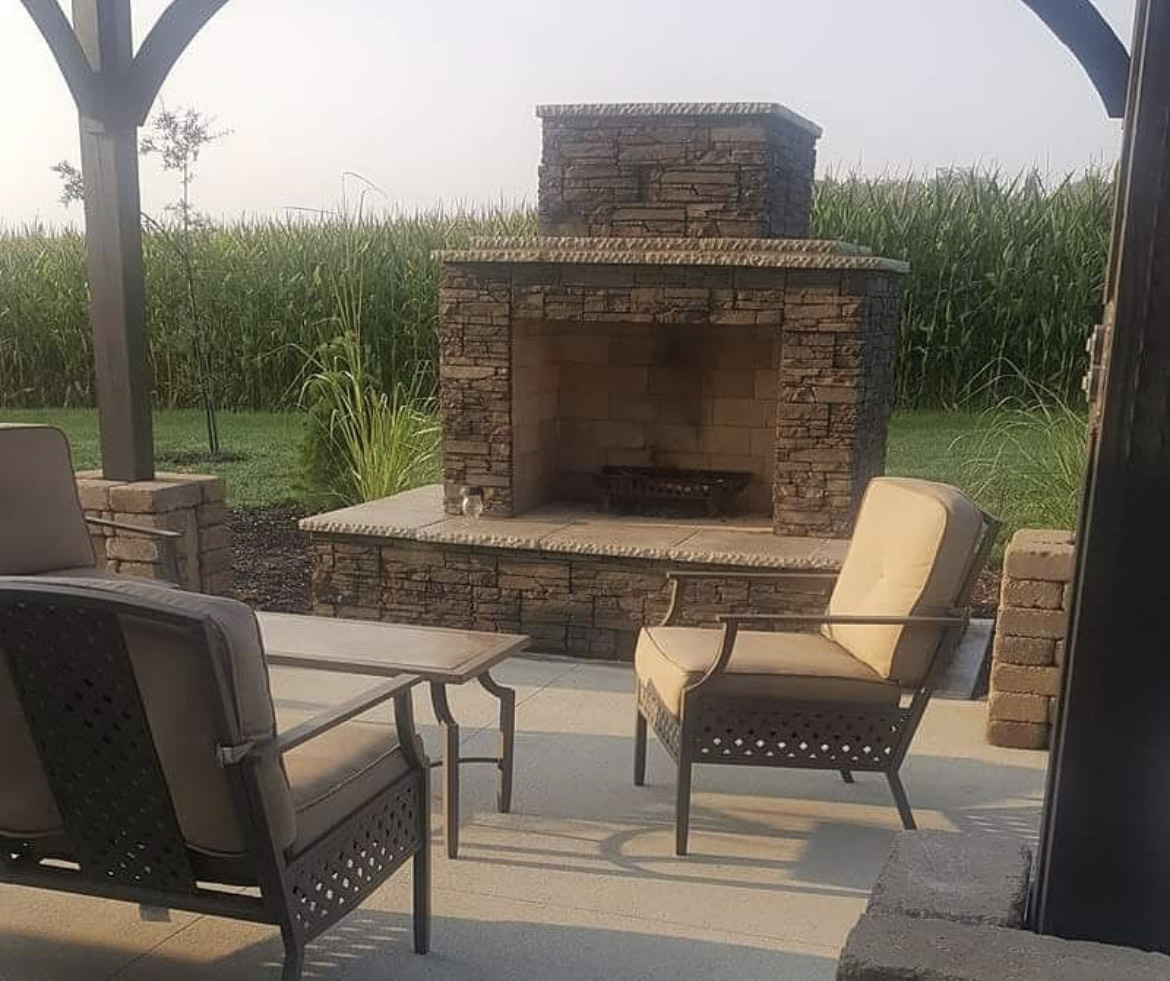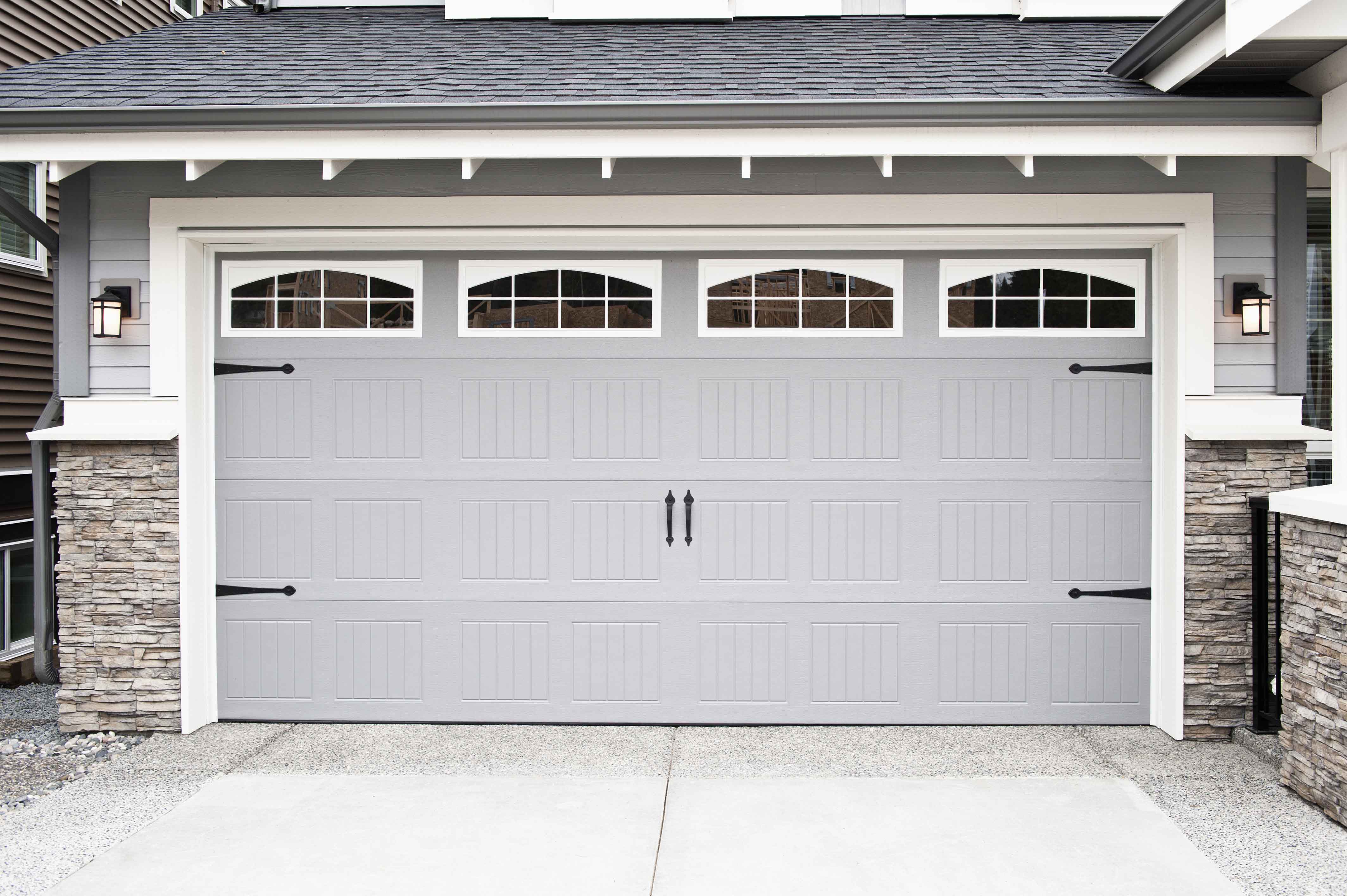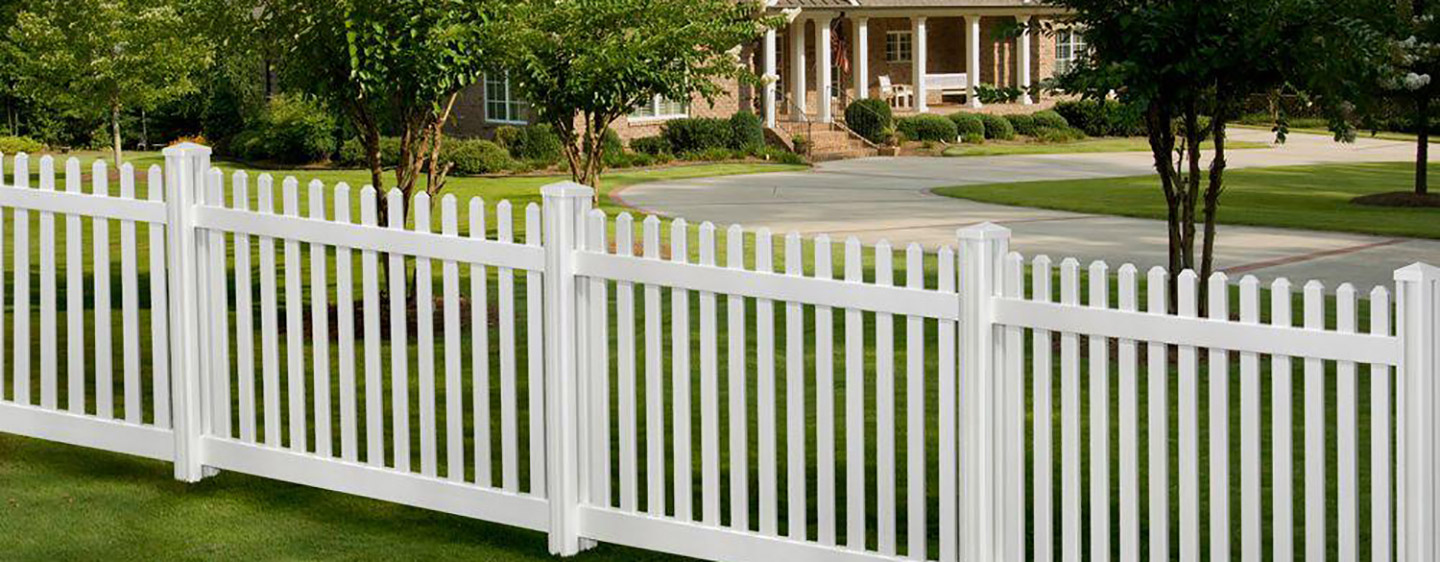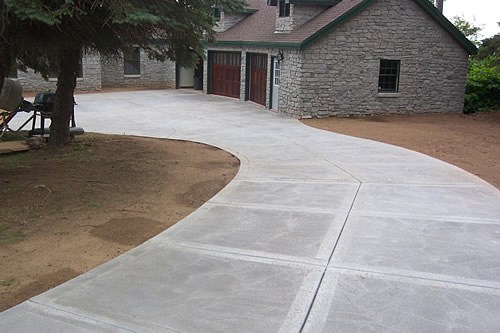What to Look for When Buying an Outdoor Fireplace
Of the many decisions you have to make when it comes to furnishing your backyard or patio, one that often gets overlooked is an outdoor fireplace. Although an outdoor fireplace can be added as a complementary feature, rather than a mounted chiminea, there are a number of factors you want to keep in mind. One of the first things you want to consider is size, and whether or not your chosen fireplace is capable of fitting in your space.
Might it go over budget?
The budget usually plays a huge role in determining the size of your outdoor fireplaces. A simple way to do this is by determining the materials you want the fireplace to be made out of, and your budget comes into play again. If you wished to have an outdoor kitchen, your budget might require you to install a stone outdoor fireplace. However, should you opt for the outdoor fireplace made of brick and stone, you could safely use materials such as pebbles or rocks that will give an old world charm to your patio and the fireplace. As long as you have the resources to be able to afford the materials you want, your options are limitless. Before starting your outdoor fireplace project, research online for your contractor and for your supplies, including the sizes of bricks or stones to be used.
Where to install your fireplace
This is one consideration you cannot avoid when building an outdoor fireplace, as you have to locate the fireplace in one location, and consider sound and fire safety precautions. Take into account that you need to have the chimney on the right side when building one, with the wall on the right height, and with a chimney that will extend at least a foot in either direction from the hearth. Take into account the space you would like to have between the chimney, and the fireplace – this is an important factor that determines the size of your outdoor fireplace. Make sure to make measurements to choose the outdoor fireplace that will fit perfectly in your yard.
Fireplace design
When it comes to a fireplace, while bricks are the most common materials to build one with, stones or rocks can also be a stylish addition to the exterior. These work particularly well in large yards, where you might not know if you’ll be able to install a chimney or a fire bowl. If you opt for a stones or rocks outdoor fireplace, it’s best to order bricks a bit bigger than what you might need for your fireplace, as these are quite easy to transport. You can use these for your chimney as well as fireplace.
These are just a handful of considerations that you have to take into account for your outdoor fireplace. In construction, it’s a necessity, but it can be quite decorative to add an outdoor fireplace, as long as you’re up for the care and maintenance. Take into consideration the materials and design that can complete the look that you crave for your yard. It’s also important to read and follow the directions you get on installing the fireplace, as well as choosing the bricks or stones that can help make your outdoor fireplace look like it was built specifically for your space.







